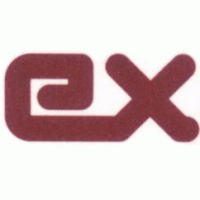Hi Guys,
I'm currently re-writing the write protect application in C++, I am reluctantly moving away from x86 assembly language as the support is just not there. I have spent many hours reverse engineering applications to establish how certain functions work to allow me to re-write them in assembly language. This worked fine, but now MS have released Windows 8 RT (ARM CPU), my x86 code base is at the best, useless.
There is as yet, no solution to image these RT devices until someone works out how to run unsigned desktop apps, no doubt will come in time, so in preparation for this, I'm now converting my write protect app to C++. It's a totally new language to me but, I'm getting there with a little help from a good friend of mine.
I'm taking this opportunity to add multi language support to the app, at the moment I'm only looking at using languages which fall under the ANSI character set (so no wide character support just yet!).
Anyway, these are the languages which I am aiming to support:
Afrikaans
Dansk
Deutsch
English
Español
Français
Italiano
Nederlands
Norsk
Português
Suomi
Svenska
I will also consider the following if there is a demand:
Català
Euskal
Galicia
Icelandic
Indonesia
Kiswahili
Melayu
I have tried to use Google Translate, however, it was obvious that some words were not translated in the correct context, for example 'Driver' (meaning device driver) clearly came back as something to do with driving a car!
Therefore, I'm asking the community here at reboot.pro to help with the strings translations.
There is not too many strings, and at a guess, it would probably take less than an hour for someone with a good understanding of the English language to translate them into their native language.
The best that I can offer the translators is a credit within the 'About' dialog.
If anyone is willing to offer their services for this, I would be grateful if they could either reply here or PM me. I will make the strings available within an Excel spreadsheet in due course.
Thanks,
Colin.

















